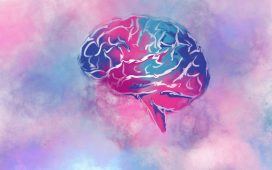Increased suicidality in adolescence for children with high irritability, depressive/anxious mood
FRIDAY, March 30, 2018 (HealthDay News) — Children with high irritability and depressive/anxious mood have increased suicidality risk during adolescence, according to a study published online March 28 in JAMA Psychiatry.
Massimiliano Orri, Ph.D., from the Institut National de la Santé et de la Recherche Medicale in Bordeaux, France, and colleagues examined the correlation of childhood irritability and depressive/anxious mood profiles with adolescent suicidality in a population-based cohort study. A total of 1,430 participants in the Québec Longitudinal Study of Child Development were assessed yearly or bi-yearly from 5 months to 17 years of age.
The researchers found that, compared to the group with the lowest symptom levels, children with high irritability and high depressive/anxious mood reported higher rates of suicidality (16.4 versus 11.0 percent). There was a correlation for the high irritability and depressive/anxious mood profile with suicidality (odds ratio, 2.22); the moderate irritability and low depressive/anxious mood profile was also linked to suicidality, but to a lesser extent (odds ratio, 1.51). Compared with the depressive/anxious mood only profile, the high irritability and depressive/anxious mood profile correlated with a higher suicidal risk (odds ratio, 2.28). Higher risk of suicidality was seen for girls with the high irritability and high depressive/anxious mood profile (odds ratio, 3.07).
“Early manifestation of chronic irritability during childhood, especially when combined with depressive/anxious mood, may be associated with an elevated risk for adolescent suicidality,” the authors write.
Abstract/Full Text (subscription or payment may be required)
Copyright © 2018 HealthDay. All rights reserved.








